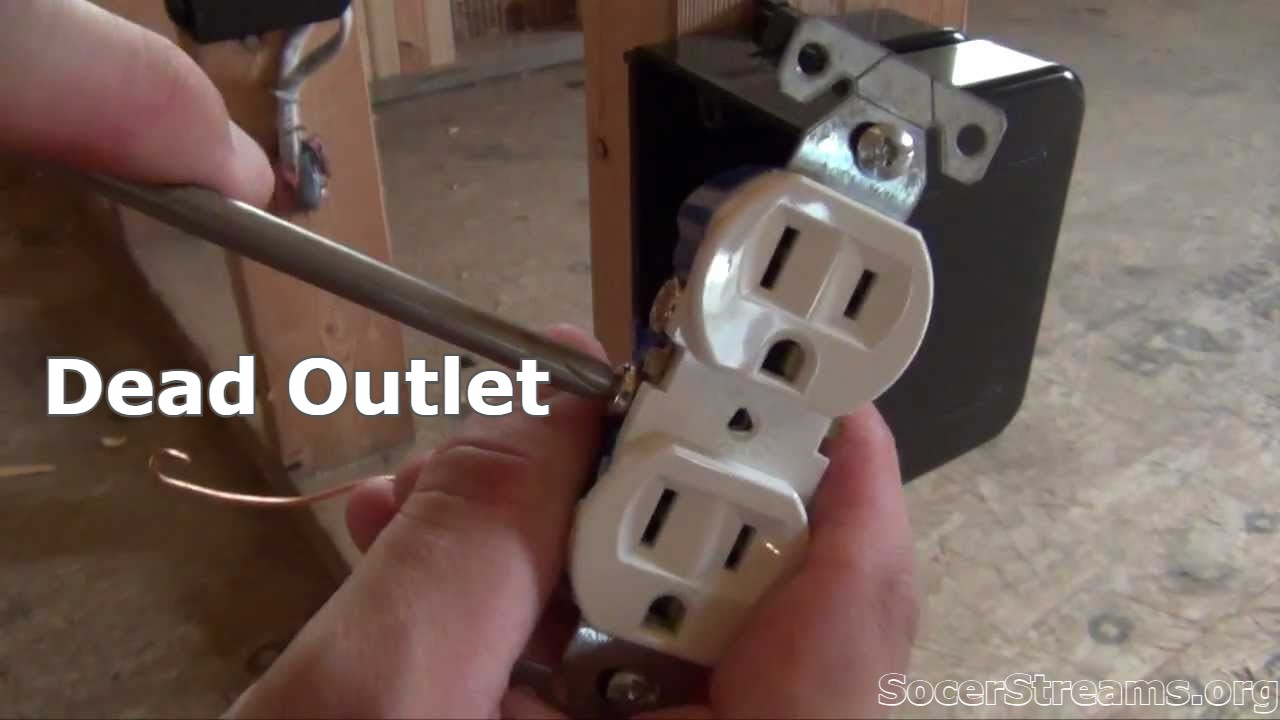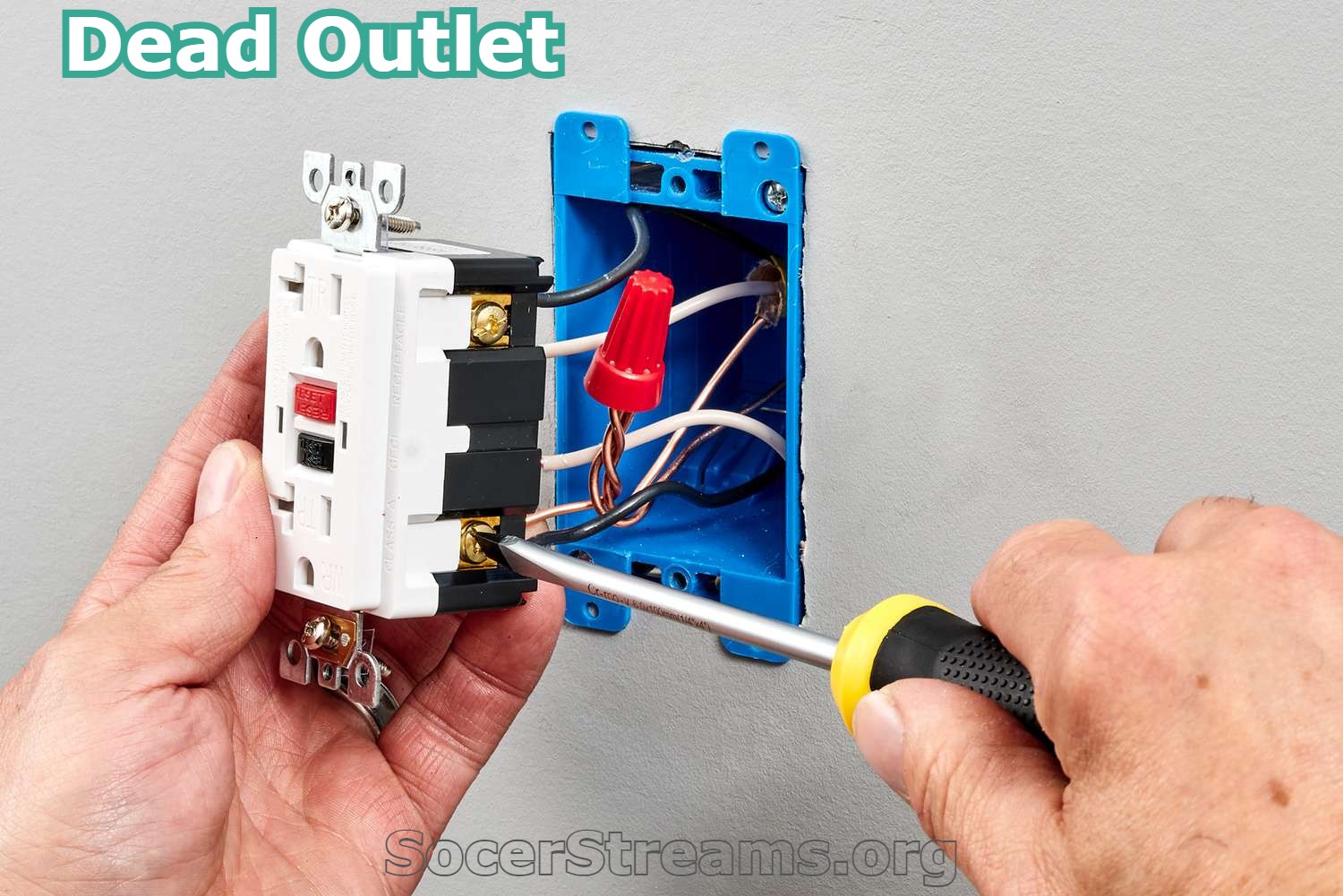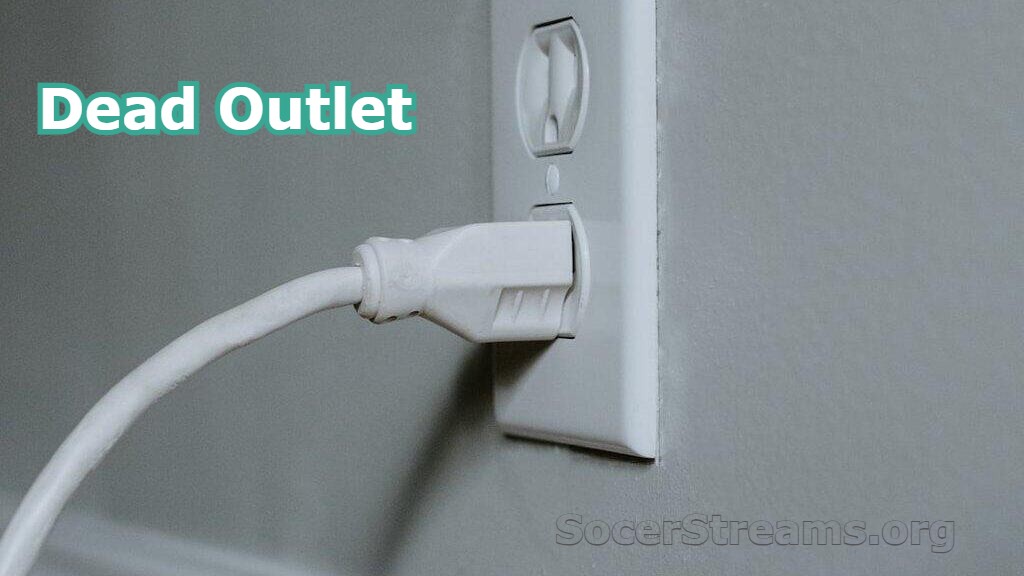
Table of Contents
ToggleIntroduction
A “dead outlet” is an electrical socket that fails to provide power when you plug in a device. This issue can be frustrating, especially when you need to charge your phone or run appliances. In this article, we’ll break down everything you need to know about dead outlet, from causes and symptoms to simple fixes and when to call a professional.
What Is a Dead Outlet?
A dead outlet is a power source that doesn’t work. You might plug in an appliance or device, but it doesn’t turn on. Although the outlet appears functional, there’s no electricity flowing to it. It could be a temporary problem or something more serious, like faulty wiring.
Common Causes of a Dead Outlet

Dead outlets can occur for several reasons. Here are some of the most common causes:
- Tripped Circuit Breaker: A breaker in your home’s electrical panel can trip, cutting power to the outlet.
- Faulty Outlet: Sometimes the outlet itself may be broken due to wear and tear.
- Loose or Damaged Wiring: If the wiring inside the outlet is loose or damaged, it may cause a dead outlet.
- Overloaded Circuit: Plugging in too many devices at once can overload a circuit, causing the outlet to stop working.
How to Identify a Dead Outlet
When you suspect an outlet is dead, start by plugging a known working device (like a lamp or phone charger) into the outlet. If it doesn’t work but the device functions in other outlets, the outlet is likely dead. Testing with different devices can help rule out the possibility that the problem is with the appliance, not the outlet.
Tripped Circuit Breaker: The Leading Cause of Dead Outlets
One of the most common reasons for a dead outlet is a tripped circuit breaker. A circuit breaker protects your home’s electrical system from overloads and electrical fires. When the circuit is overloaded, the breaker automatically shuts off the power to prevent damage. If this happens, you’ll need to reset the breaker.
How to Reset a Tripped Circuit Breaker
To reset a tripped breaker:
- Go to your home’s electrical panel.
- Look for a breaker that is in the “off” position.
- Flip the breaker to the “on” position.
- Check if the outlet is now working.
If resetting the breaker doesn’t restore power to the outlet, there may be a deeper issue.
Faulty Outlet: The Outlet Itself May Be the Problem

Sometimes, the outlet itself is the reason it’s dead. Over time, electrical outlets can wear out, especially if they’re used heavily. The internal connections can loosen or break, preventing the flow of electricity.
How to Replace a Faulty Outlet
If you suspect the outlet is faulty, consider replacing it. First, turn off the power at the breaker panel. Use a screwdriver to remove the outlet cover and check the wiring. If the connections seem loose, or if the outlet appears damaged, you can replace it with a new one.
Broken Wiring: Loose or Damaged Connections
Loose or damaged wiring inside the outlet box can also cause a dead outlet. If the wiring is not properly connected, the outlet will not work. This issue might be difficult to identify without professional help.
Signs of Broken Wiring
- Flickering lights when using the outlet
- A burning smell or scorch marks around the outlet
- Constantly tripped circuit breakers
If you see any of these signs, turn off the power immediately and contact an electrician.
Overloaded Circuits: A Common Culprit of Dead Outlets
Plugging in too many appliances or devices into a single outlet or circuit can cause it to overload. An overloaded circuit can trip the breaker, cutting power to the outlet.
How to Avoid Overloading a Circuit
- Limit the number of devices plugged into one outlet.
- Use power strips with built-in circuit breakers.
- Make sure to spread appliances across different outlets to avoid overloading a single circuit.
How to Test a Dead Outlet with a Multimeter
Testing your outlet with a multimeter can help determine if it’s truly dead. A multimeter measures the electrical current, and it can tell you if the outlet is supplying power. To test the outlet:
- Set the multimeter to AC voltage.
- Insert the probes into the outlet slots.
- If the multimeter reads 0 volts, the outlet is dead.
When to Call an Electrician for a Dead Outlet
If resetting the breaker and replacing the outlet don’t fix the issue, it’s time to call an electrician. A licensed professional can inspect the wiring, check the breaker panel, and safely diagnose any hidden problems. Electrical work can be dangerous, so it’s always best to leave complex issues to the experts.
GFCI Outlets and Their Role in Dead Outlets
Ground Fault Circuit Interrupter (GFCI) outlets are designed to shut off power if there’s an electrical fault, such as water exposure. If your outlet is a GFCI outlet and it’s not working, check for a reset button on the face of the outlet. Pressing this button will restore power.
How to Troubleshoot a Dead Outlet Before Calling an Electrician
Before you call an electrician, you can try the following troubleshooting tips:
- Check the Breaker Panel: Ensure no breakers are tripped.
- Test Other Outlets: Test nearby outlets to rule out a broader issue.
- Inspect the Outlet: Look for visible damage or burn marks.
If the outlet still doesn’t work after trying these steps, contact a professional.
How to Prevent a Dead Outlet
While it’s impossible to eliminate the risk of a dead outlet, there are steps you can take to reduce the chances:
- Avoid Overloading Outlets: Don’t plug too many devices into a single outlet or power strip.
- Regularly Inspect Outlets: Check for signs of wear, such as loose connections or scorch marks.
- Keep Wiring Up to Date: Ensure your home’s electrical system is up to code by hiring a professional for regular inspections.
Conclusion
A dead outlet can be frustrating, but understanding its causes and solutions can help you restore power quickly. Addressing the issue early can prevent further damage, whether it’s a tripped circuit breaker, faulty wiring, or a broken outlet. If you’re unsure about handling electrical issues, don’t hesitate to call a licensed electrician to ensure your home’s safety.
By staying aware of potential causes and taking steps to maintain your electrical system, you can reduce the likelihood of encountering a dead outlet in the future.

















